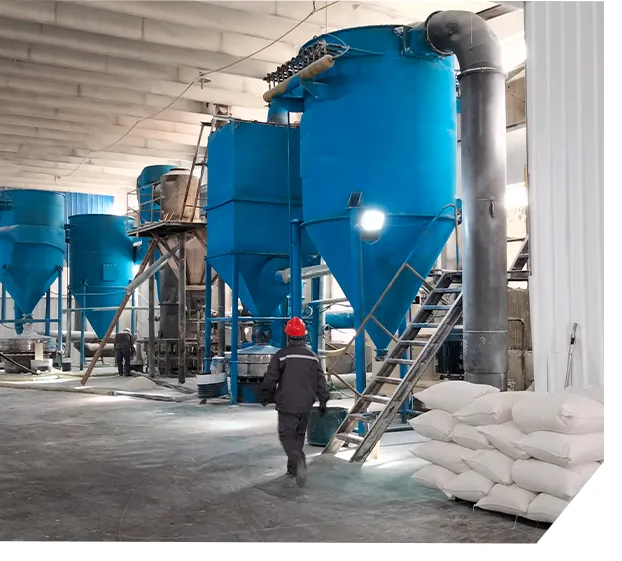The Benefits and Applications of HPMC Powder in Wall Putty
Hydroxypropyl Methylcellulose (HPMC) is a versatile and widely used polymer in the construction industry, particularly in the formulation of wall putty. As a cellulose ether, HPMC plays a crucial role in enhancing the properties of putty, making it an essential component in modern construction applications.
What is HPMC?
HPMC is synthesized from natural cellulose through a series of chemical modifications. This white, free-flowing powder is non-ionic in nature and soluble in both cold and hot water, forming a viscous solution. Due to its unique properties, HPMC finds applications in various industries, including pharmaceuticals, food, cosmetics, and construction.
Applications in Wall Putty
In the context of wall putty, HPMC serves multiple functions that significantly improve the performance of the product. Wall putty is primarily used as a finishing material for walls and ceilings, providing a smooth and even surface for paint or other decorative finishes. Below are some key benefits and applications of HPMC in wall putty formulations
1. Improved Workability HPMC enhances the workability of wall putty by providing excellent plasticity. This allows for easier application and smoother finishing, which is critical in achieving a professional look. The added workability is beneficial for both professionals and DIY enthusiasts, ensuring that the putty can be spread evenly without excessive effort.
hpmc powder wall putty

2. Water Retention One of the standout features of HPMC is its ability to retain water. In wall putty, this property is essential as it allows for extended open time without premature drying. This characteristic is particularly advantageous in hot and dry climates, where conventional putties can dry too quickly, leading to cracking or poor adhesion.
3. Adhesion Improvement HPMC significantly enhances the adhesion properties of wall putty. When applied, it helps the putty bond effectively to various substrates, including concrete, plaster, and masonry. This improved adhesion is crucial for ensuring a durable and long-lasting finish.
4. Anti-Sagging Properties HPMC contributes to the anti-sagging properties of wall putty, making it suitable for vertical surfaces. This feature prevents the putty from sliding down the wall during application, allowing for better control and precision.
5. Reduced Shrinkage and Cracking Wall putty containing HPMC exhibits reduced shrinkage and minimizes the risk of cracking as it dries. This is vital for maintaining the aesthetic quality of the finished surface, as cracks can not only compromise appearance but also necessitate costly repairs.
6. Enhanced Texture and Finish The inclusion of HPMC can influence the texture of the wall putty, allowing manufacturers to create various formulations suited to different finishes. Whether a smooth, flat surface or a textured finish is desired, HPMC provides the flexibility to achieve the desired results.
Conclusion
The inclusion of HPMC powder in wall putty formulations offers numerous advantages, making it a key ingredient in modern construction materials. Its ability to improve workability, water retention, adhesion, and durability results in high-quality finishes that meet the evolving demands of the construction industry. As builders and homeowners continue to seek durable and aesthetically pleasing solutions for their projects, HPMC-enhanced wall putty will undoubtedly remain a popular choice in the market.






